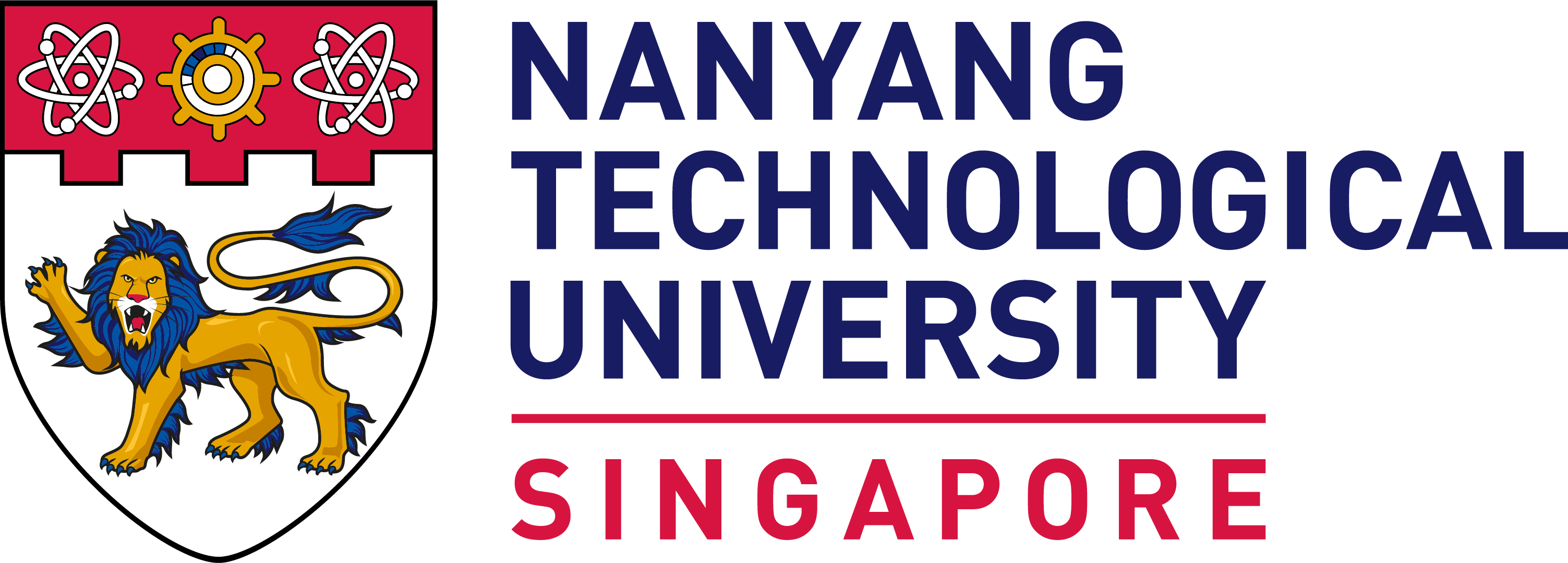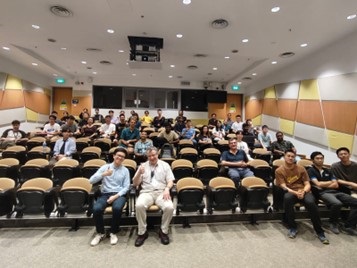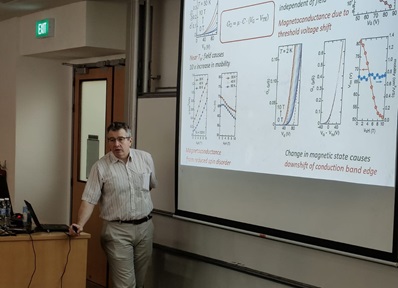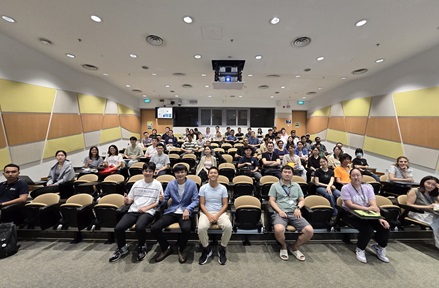What Are Carbon Dots and Why Can They Emit Light by Prof Andrey Rogach
IAS@NTU STEM Graduate Colloquium Jointly Organised with the Graduate Students' Clubs
The IAS STEM Graduate Colloquium, held in collaboration with the Graduate Students' Clubs of MSE and EEE, had the pleasure of hosting Prof Andrey Rogach, a distinguished materials scientist from City University of Hong Kong. The colloquium on 2 July 2025 attracted an enthusiastic audience of graduate students and researchers from various disciplines, all keen to learn more about the fast-growing field of carbon-based nanomaterials and their potential applications in modern technologies.
 Prof Rogach explains why carbon dots shine—tiny, bright, and tunable.
Prof Rogach explains why carbon dots shine—tiny, bright, and tunable.
Prof Rogach’s engaging and informative presentation, What Are Carbon Dots and Why Can They Emit Light, provided an in-depth overview of carbon dots (CDs)—a class of quasi-spherical, carbon-rich nanoparticles known for their strong photoluminescence, low cytotoxicity, and excellent biocompatibility. He elaborated on the fundamental mechanisms behind their light emission, including the roles of surface passivation, molecular fluorophores, and size-dependent π-conjugated graphitic domains. These diverse emission pathways contribute to the tunable optical properties of CDs, enabling fluorescence across a broad spectral range from visible to near-infrared.
The presentation also delved into recent developments in the structural design of CDs. Prof Rogach showcased advances in controlling CD morphology, introducing newly synthesised forms such as nanorods with polarised emission, nanobelts, nanorolls, and chiral CDs. These unique shapes and properties significantly broaden the functionality of CDs and open new avenues for their use in optoelectronic devices, solar energy harvesting, and sensitive chemical or biological detection systems.

Prof Rogach shares AI-enhanced sensing breakthroughs using carbon dot technology.
A particularly exciting segment of the talk explored the integration of machine learning algorithms with CD-based sensing platforms. Prof Rogach demonstrated how AI tools can be employed to optimise sensor performance and enhance ethanol detection sensitivity. This interdisciplinary approach highlights the growing convergence of materials science and artificial intelligence in the development of next-generation smart sensing systems.
 Prof Rogach engages students in lively Q&A on carbon dot research frontiers.
Prof Rogach engages students in lively Q&A on carbon dot research frontiers.
The session concluded with an extended and dynamic Q&A discussion. Attendees posed thoughtful questions about the reproducibility of CD synthesis methods, challenges in scaling up production, long-term emission stability under various environmental conditions, and strategies for embedding CDs into practical devices such as flexible sensors or bioimaging tools. Prof Rogach shared candid insights drawn from both his lab’s experiences and broader trends in the field, encouraging young researchers to embrace cross-disciplinary thinking.

Written by: Gong Xiangxin | NTU School of Electrical and Electronic Engineering Graduate Students' Club
"The level of detail he mentioned about the application of the carbon dots." - PhD Student, CCEB
"I enjoyed the newer ways of photon emission and potential applications of this topic." - Verma Manish (PhD student, MAE)
"Introducing Carbon Dots and how it differentiates from Quantum Dots." - He Linan (PhD student, CEE)
Watch recording here








